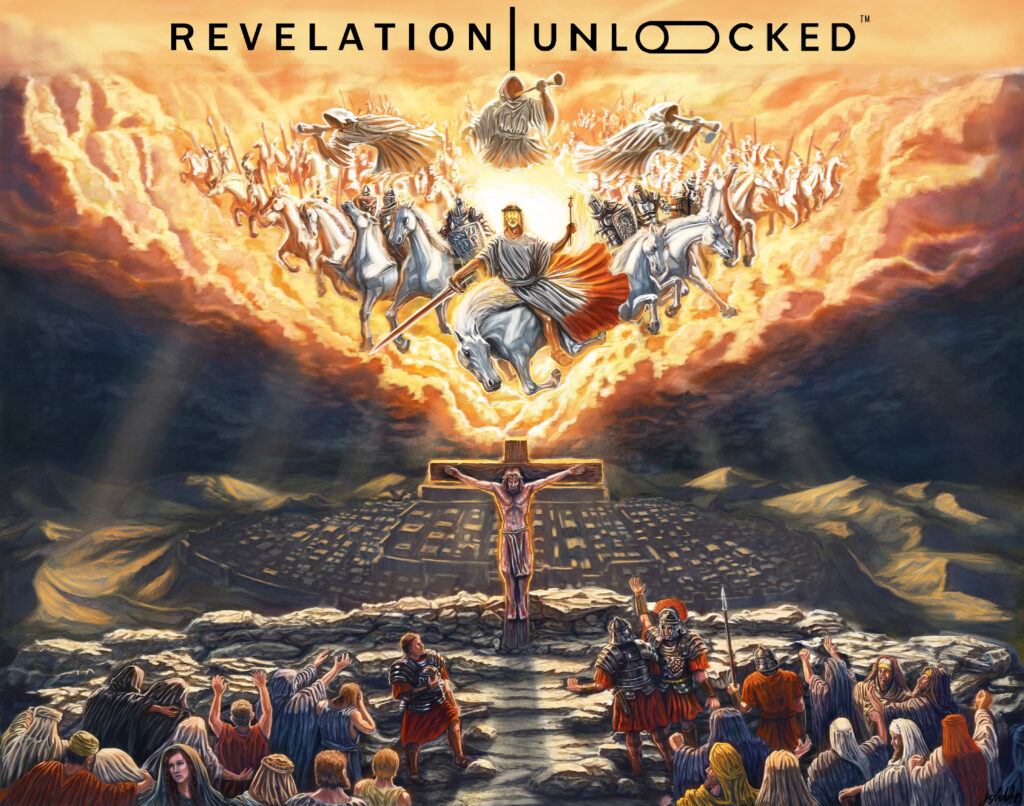
The Scarlet Harlot.
“One of the seven angels who had poured out the seven bowls came over and spoke to me. “Come with me,” he said, “and I will show you the judgment that is going to come on the great prostitute, who rules over many waters. The kings of the world have committed adultery with her, and the people who belong to this world have been made drunk by the wine of her immorality.” – Revelation 17:1-2.
The multiple symbols of Revelation’s end time merge into three great, worldwide alliances that take place in the following arenas: 1) Religion, 2) government or secular / political power, and 3) the collective body of God’s people, known as the ‘saints.
To many, the 17th chapter of Revelation is a puzzling mystery, but a careful look will show us it is not. God is using one of the symbols employed consistently in Bible prophecy: a woman representing a church. (See e.g., Jeremiah 6:2 or Ephesians 5:25). This simply means that a good woman represents a good church (e.g. Rev 12:1) and a bad woman a bad church. This is the woman of Revelation 17. She is a counterfeit, or a corruption of the woman introduced in Chapter 12.
As in Chapter 12, Revelation 17 opens by introducing us to a woman. One woman is ‘the bride of Christ’ and the other is an adulterer and a prostitute. The latter has great influence over people, including those in leadership. The interplay of this vile woman with world leaders (Kings) Is indicative of the partnership of religion with state leaderships. The woman has the power to seduce and corrupt, while the kings have the power to enact her wickedness. The context of adultery is the putting together of two parties that don’t belong together, which leads to disaster – in this case the two parties are church and state. True religion is always a voluntary love relationship; false religion is always power centred and coercive.
Revelation 17 is a rerun of Revelation 13. The woman in the desert has been seen before, in chapter twelve (verses 6, 13-16). So has the beast with seven heads, ten horns and the names of blasphemy (Rev 12:3-4; 13:1-6). These characters also echo characters from the Old Testament (Exod 28; Ezek 23; Dan 7). “What goes around comes around,” and “there is nothing new under the sun” Solomon said. Satan’s strategies tend to be consistent.
The problem is not that he surprises us, but that we tend to fall for the same tricks repeatedly.
Daniel’s Little Horn (The Abomination of Desolation), Paul’s Lawless one, John’s antichrist, Revelation’s Beast, Babylon and a Harlot dressed in scarlet riding a beast are all describing the same thing.
Some might complain that John’s portrayal of Babylon (the end time apostate church) as a prostitute represents a sexist stereotype that is no longer appropriate in today’s world. It is true, the women of Revelation do appear in stereotypical roles, but these images were already current in John’s Day. Writers of the first century often personified their homeland in female terms. Coins and other artwork typically depicted a city as a goddess enthroned by a river. So, the Book of Revelation was adopting images that communicated effectively within that culture. While Westerners may be uncomfortable with this language today, it can be explained in terms of the cultural context God chose.
That means Revelation was well designed to communicate truth in the first century. Not every aspect of the way that truth was presented will be “present truth” for today. God is not on trial in the logic or the style of the Bible’s writers.
